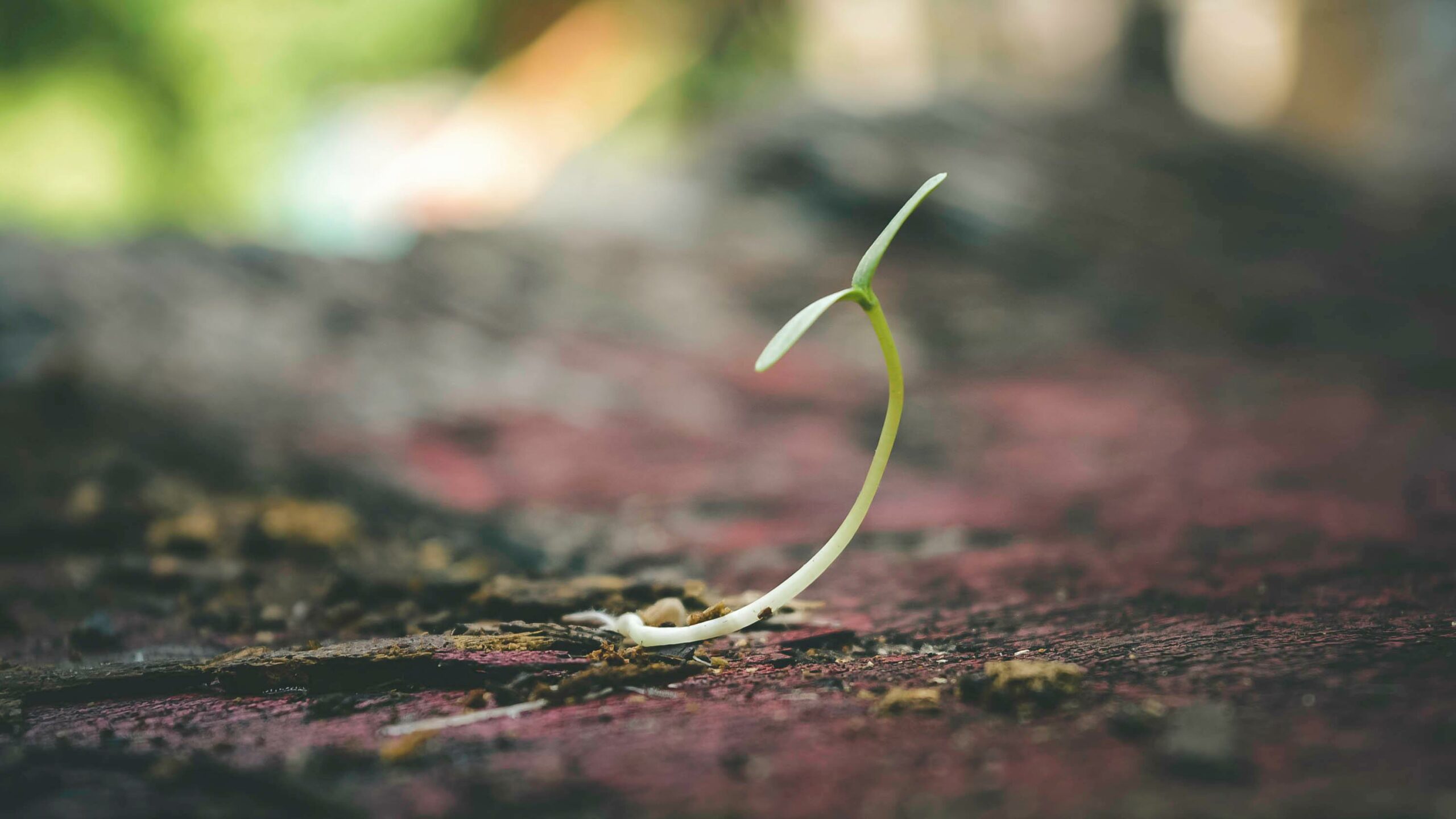
Factors to Consider When Selecting Seed Blockage Sensors
A seed blockage sensor is a device or system designed to detect and alert users about potential blockages or obstructions in the seeding mechanism. There are many varieties, and choosing the right one is paramount for identifying any issues that may hinder the proper distribution of seeds.
Choosing the right seed blockage sensor
When choosing seed blockage sensors, it is important to consider different factors. This will ensure that they meet your specific needs and work effectively with your planting equipment.
Type of Sensor: Evaluate the different sensor technologies available, such as optical sensors, infrared sensors, or vibration sensors. Each technology has its advantages and limitations, and the choice depends on the specific application and environmental conditions.
Equipment Compatibility: Ensure that the seed blockage sensor is compatible with the specific seeding equipment or planter being used on the farm. Compatibility is crucial for seamless integration and reliable performance.
Installation Process: Choose a sensor system that is easy to install and doesn’t require extensive modifications to the existing equipment. Simplified installation can save time and reduce the risk of errors.
Calibration: Look for sensors that are easy to calibrate to ensure accurate detection of blockages. User-friendly calibration processes contribute to efficient operation in the field.
Detection Accuracy: Consider the accuracy of the sensor in identifying seed blockages. Reliable sensors will minimise false alarms and provide precise information about the status of the seeding system.
Durability: Opt for sensors that are robust and durable, capable of withstanding the harsh conditions of agricultural environments. This ensures longevity and reduces the need for frequent replacements.
Alert Mechanism: Evaluate how the sensor communicates blockage alerts to the operator. This can include visual indicators, audible alarms, or integration with precision agriculture systems for real-time monitoring.
Cost Considerations: Assess the overall cost of the seed blockage sensor system, including installation and maintenance. Balance the upfront costs with the potential benefits in terms of increased efficiency and yield.
Display and Interface: Choose a system with a user-friendly interface for easy monitoring. Intuitive displays and controls contribute to efficient use in the field.
Manufacturer Support: Consider the support and service provided by the manufacturer. Choose a reputable supplier with customer support, troubleshooting assistance, and reliable warranty options.
Types of seed counter monitors
When selecting a seed blockage system, it’s important to consider compatibility with the number and size of seed tubes you already have. The ideal solution will allow you to get the most out of your existing supplies while also being large enough to accommodate your seed starting needs.
By carefully considering these factors, you can select seed blockage sensors that align with your specific requirements and contribute to enhanced precision and efficiency in your seeding operations.
AS Communications offers seed blockage and counting sensors. If you need AS Communications to install one, contact us today.
